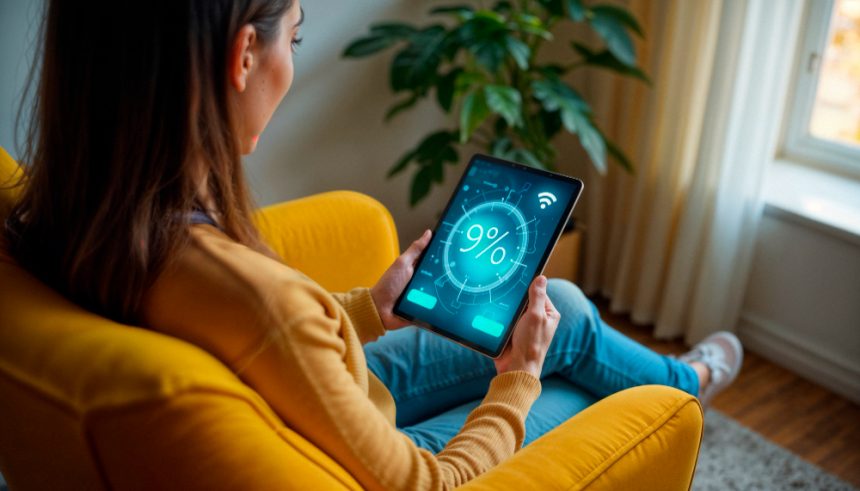Hey there! Have you ever looked at your smartphone’s battery and wished it lasted just a little longer? Or wondered if your smart TV and other gadgets are quietly sipping up more electricity than needed? You’re not alone. As our reliance on tech keeps growing, so does the awareness of how much energy these devices consume — and just how important it is to make them more efficient.
Fortunately, the tech world is rising to the challenge. Manufacturers are now designing gadgets that not only perform well but also do so with less power. This benefits everyone: it keeps your devices running longer between charges, cuts down your energy bills, and helps protect the environment by reducing overall electricity consumption. From smarter smartphones and energy-conscious smart home devices to eco-friendly wearables, energy efficiency is becoming the new standard in the industry.
So, what exactly does this shift mean? First, it’s about smarter tech that thinks about energy from the ground up. Flexible hardware, smarter algorithms, and new materials all play a part in these improvements. They’re making sure that our gadgets are working smarter, not necessarily harder, saving precious energy without sacrificing performance. And the best part? As consumers, we get to enjoy longer-lasting devices and contribute to a greener planet — all while keeping more money in our pockets.
What Are New Energy Standards for Gadgets and How Are They Changing the Way We Use Technology Every Day?
You might be asking yourself: “What do these new energy standards even look like?” Great question! Governments, international bodies, and outright tech companies are all jumping in to set tougher guidelines that push for lower energy consumption in everyday gadgets.
Getting to Know the Standards
Think of these standards as a kind of speed limit, but for power usage. They set limits on how much power devices can draw, especially in standby or sleep modes, which is a huge chunk of energy consumption for many devices. For example, many devices now have a maximum standby power limit, reducing the “vampire” energy drain that happens when devices are turned off but still plugged in.
Many standards focus on battery management features too. Devices are being built with smarter algorithms that optimize charging cycles, prevent overcharging, and extend battery life overall. This isn’t just about energy savings — it’s also about making your device last longer before needing a replacement.
Eco-Friendly Materials and Manufacturing
Another piece of the puzzle is the materials used. More manufacturers are adopting eco-friendly, sustainable materials that are easier to recycle and have less environmental impact during production. This trend complements energy standards by promoting a circular economy for gadgets.
Real-World Impact on Your Daily Life
So, how does this affect you? Well, the next time you buy a smartphone or a smart home gadget, you might notice labels indicating compliance with energy standards like ENERGY STAR or other eco-certifications. These labels aren’t just there for show — they guarantee the product adheres to strict energy-saving criteria.
In practical terms, this means devices that:
- Use less power in standby mode.
- Have more efficient batteries and power management algorithms.
- Are made from sustainable or recyclable materials.
And, because manufacturers find that consumers value energy-efficient products, many brands are prioritizing eco-friendly features to stay competitive.
The Future Is Bright and Green
Looking ahead, these standards will likely keep evolving. We can expect even smarter devices that adapt their power consumption based on your usage patterns, AI-driven energy management systems, and greener manufacturing processes. These changes aren’t just about individual gadgets — they’re about transforming entire industries to operate with environmental responsibility at the core.
Wrapping Up
From our smartphones to the appliances heating our homes, energy-efficient tech standards are reshaping how we use and think about gadgets. They’re not just buzzwords but are driving real changes — making devices smarter, longer-lasting, and kinder to the planet.
So, next time you’re shopping for new gadgets, keep an eye out for energy-efficient labels and features. By choosing these smarter devices, you’re supporting a more sustainable tech ecosystem, saving money, and helping create a healthier environment. It’s a win-win, and it’s exciting to see how technology is evolving to make us all smarter about our power consumption. Cheers to a greener, more efficient future!


